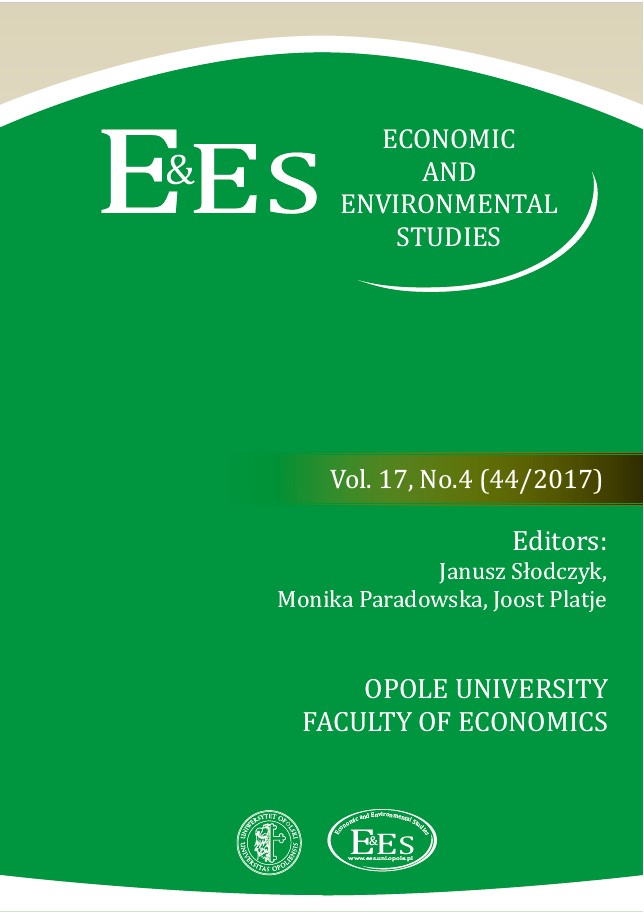Removal of Petroleum Pollutants from River Water by Centrifugation
Removal of Petroleum Pollutants from River Water by Centrifugation
Author(s): Anna Gacek, Przemysław Szopa, Jacek CzerniakContributor(s): Monika Paradowska (Editor), Johannes (Joost) Platje (Editor), Janusz Słodczyk (Editor)
Subject(s): Energy and Environmental Studies
Published by: Uniwersytet Opolski
Keywords: surface waters; petroleum; fluorescent analysis; TPH
Summary/Abstract: Hydrocarbons belong to the compounds most occurring in surface waters and groundwater. The presence of petroleum compounds in such waters brings significant changes to their physicochemical and organoleptic characteristics even at very low concentrations, like 0.01 g/m3. Petroleum compounds significantly affect living organisms. Pollution of these components is dangerous for biological life due to the formation of films and an emulsified layer that shuts off atmospheric oxygen. The dissolved compounds and heavier fractions are toxic and insoluble in both water and sediment. The purpose of this study was to make a preliminary analysis of purified flowing water with petroleum pollutants of an industrial origin. In order to attain this objective, the centrifugation speed, centrifugation time, centrifugation temperature and the addition of silica sand in different concentrations were measured. The identification and quantitative determination of petroleum compounds was made by fluorescent analysis.
Journal: Economic and Environmental Studies
- Issue Year: 17/2017
- Issue No: 4 (44)
- Page Range: 1121-1133
- Page Count: 13
- Language: English

